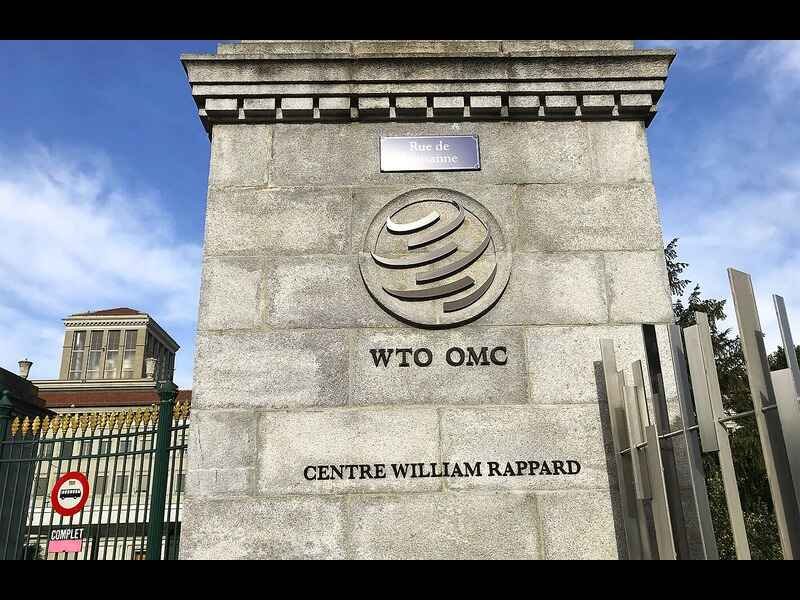India has proposed a work programme at the World Trade Organization (WTO) to lower the Cross-Border Payments for promoting international trade. In a submission made on Tuesday, New Delhi said one of the means to achieve cheaper, faster and more transparent and accessible cross-border payments including remittances is “promoting interoperability and interlinkages of digital payment infrastructures including fast payment systems”.
Why Cross-Border payments matter
Cross-border payments are essential to many economies and businesses, especially in developing countries like India that receive a large share of remittances from abroad. According to the World Bank, global remittance flows reached $860 billion in 2023, out of which around 78% or $669 billion went to low- and middle-income countries. India was the largest recipient of remittances in 2023, with $83 billion, followed by China with $60 billion.
However, the cost of sending remittances remains high, averaging 6.18% globally, which is more than twice the Sustainable Development Goal (SDG) target of 3%. The SDG goal is to lower to less than 3% the transaction costs of remittances and eliminate remittance corridors with costs higher than 5% by 2030. High transaction costs reduce the net income of migrants and their families, and limit the potential benefits of remittances for development.
How technology can help
India’s proposal at the WTO emphasizes the importance of promoting interoperability and interlinkages of digital payment infrastructures to achieve cheaper, faster, and more transparent cross-border payments, including remittances. Interoperability refers to the ability of different payment systems to communicate and exchange information seamlessly, without requiring users to switch platforms or service providers. Interlinkages refer to the connections between different payment systems that enable transactions across borders and currencies.
By enhancing interoperability and interlinkages of digital payment infrastructures, India hopes to reduce the reliance on intermediaries such as banks and money transfer operators that charge high fees and commissions for cross-border payments. Instead, users could leverage digital platforms such as mobile wallets, online marketplaces, and e-commerce platforms that offer lower-cost and more convenient options for sending and receiving money across borders.
India’s proposal also highlights the role of emerging technologies such as blockchain, artificial intelligence, and biometrics in improving the efficiency, security, and inclusiveness of cross-border payments. These technologies could enable faster verification of identities, transactions, and compliance; reduce fraud and errors; and increase access to financial services for unbanked and underserved populations.
What’s next
India’s proposal has received support from other developing countries such as the Philippines and South Africa, which also face challenges in facilitating low-cost and inclusive cross-border payments. The proposal suggests that the WTO should establish a work programme to review the cost of cross-border remittances, trends and developments, and consider how technology, emergence of new market players, different types of providers and new channels, and consumer behaviour are impacting the cross-border remittance services.
The work programme should also identify best practices, policy recommendations, and capacity-building measures to foster interoperability and interlinkages of digital payment infrastructures and promote cheaper, faster, and more transparent cross-border payments, including remittances.
The proposal is expected to be discussed at the next meeting of the WTO Informal Working Group on MSMEs in March 2024.
Recent Blog : NTPC and NALCO Sign Preliminary Power Supply Pact
